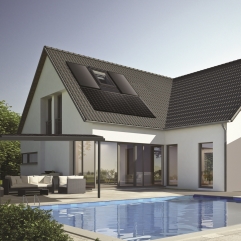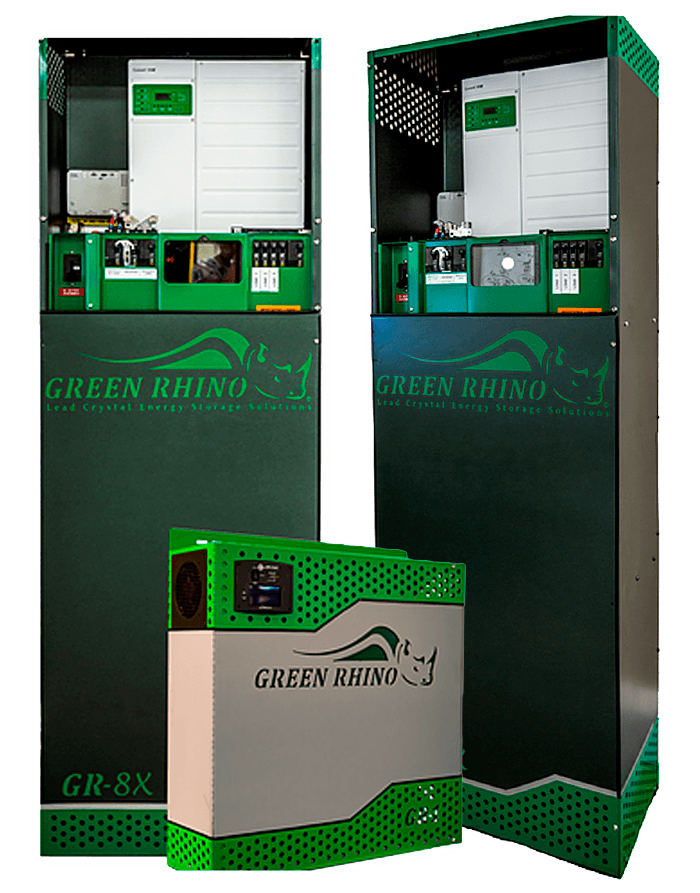Different types of solar panels
There is range of different solar panels on the market. The most commonly used solar panels are made with Crystalline Silicon. There are two types of Crystalline Silicon panels: Monocrystalline and Polycrystalline, and each have different characteristics.
Monocrystalline Solar Panels
Monocrystalline solar panels are black in colour. These panels generate a relatively high power output per square meter. Even after ten years of use, you can expect returns of around 92%, after twenty-five years this will be around 82%. All solar panels will show a slight decrease in efficiency over time.
Polycrystalline Solar Panels
Polycrystalline solar panels are dark blue in colour and generate slightly less electricity per square meter than monocrystalline solar panels. After ten years you can expect returns of around 90%, after twenty-five years this will be around 80%. The main difference between monocrystalline and polycrystalline is the way they are manufactured.
Monocrystalline vs Polycrystalline
Monocrystalline and polycrystalline solar panels are both made with the natural element ‘Silicon’. The difference between monocrystalline and polycrystalline is in the different processing of the Silicon, which makes a difference in the purity of the crystallized silicon in the finished product. Polycrystalline solar panels are made by pouring raw molten silicon in a square mould which is then cooled, cut into perfect square wafers and arranged on a rectangular piece of glass. To make monocrystalline solar panels, the silicon goes thru the ‘Czochralski process’, a method of crystal growth to obtain single crystals, and made into cylindrical ingots. These are then cut into round wafers and trimmed at the corners so they can be arranged precisely on a rectangular piece of glass. The Crystallized Silicon in monocrystalline solar panels is of higher purity than in polycrystalline solar panels, thus able to convert a higher amount of solar energy into electricity per square meter.
Thin-film Solar Panels ( CIS )
Another type of solar panels are thin-film solar panels. These are made by depositing a thin layer of ‘amorphous silicon’ on glass, plastic or metal. Thin-film solar panels are much thinner than the crystalline solar panels. They can also be made to be flexible and are lighter in weight.
The materials used for manufacturing thin-film solar panels are more expensive than those used for manufacturing crystalline solar panels, but the production process is far cheaper. Thin-film solar panels are an aesthetic alternative to crystalline solar panels. The increase in demand for thin-film solar panels is due to the demand for more aesthetically pleasing solar panels.
There are a few advantages to thin-film solar panels over crystalline solar panels. The main advantage of thin-film solar panels is the fact that, on average, they have a 10% higher power output than crystalline panels. There has also been a significant drop in the cost of production of thin-film solar panels, so now you can buy nicer looking, more efficient solar panels at the same cost as traditional crystalline solar panels, making them a very appealing investment opportunity.







